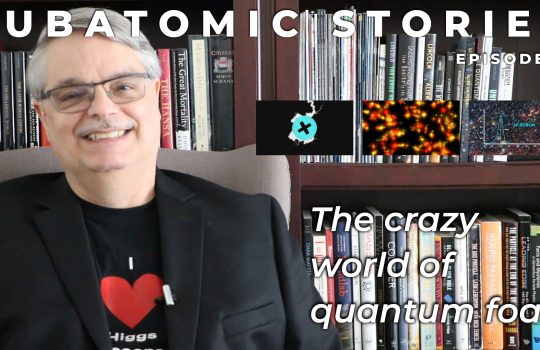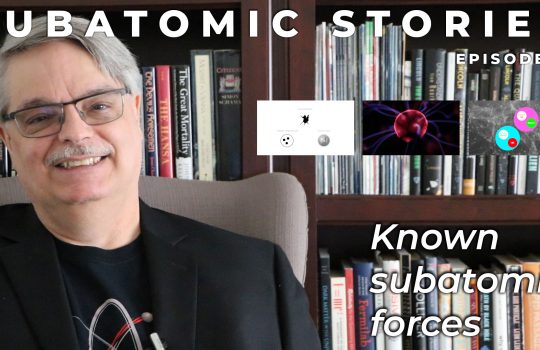How will Fermilab’s new accelerator propel particles close to the speed of light?
- accelerator
- Deep Underground Neutrino Experiment
- DUNE
- international engagement
- LBNF
- Long-Baseline Neutrino Facility
- neutrino
- PIP-II
The PIP-II project at Fermilab includes the construction of a 215-meter-long particle accelerator that will accelerate particles to 84% of the speed of light. Research institutions in France, India, Italy, Poland, the UK and the United States are building major components of the new machine. The new particle accelerator will enable Fermilab to generate an unprecedented stream of neutrinos — subtle, subatomic particles that could hold the key to understanding the universe’s evolution.


